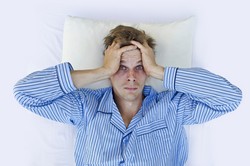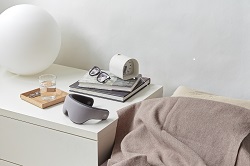Are sleep arousals normal?
Humans and animals regularly awaken briefly from sleep. Traditionally, such arousals have been seen as interruptions to sleep, yet a new viewpoint holds that arousals may be intrinsic to sleep. The EU-funded CRITICALSLEEP (Critical transitions and self-organization in sleep micro-architecture) project examined the mechanisms leading to self-organised criticality (SOC) in sleep. SOC means the coexistence of scale-invariant organisation of arousals, and a scale-specific structure of sleep-stage durations during healthy sleep. Researchers determined how pathological conditions affect SOC-type arousals at short timescales. They also developed new SOC-based diagnostic markers of sleep disorders, potentially able to assess the effects of drug treatments. The work addressed four main hypotheses. The first was that sleep arousals are an essential part of healthy sleep, and are created by a SOC-like mechanism that governs stage transitions. Results indicate that brief arousals, and SOC organisation of wake/sleep phases, are probably an integral part of healthy sleep. The research also determined that traditional sleep scoring in 30-second windows neglects the microarchitecture of sleep/wake dynamics. Hence, researchers developed new rules to score arousals in windows of five seconds. In insomniac subjects, SOC patterns do not break down; however, the patterns change with insomnia. Sufferers of sleep apnoea previously showed a similar behaviour. Hypothesis two concerned whether SOC patterns in sleep dynamics relate to essential sleep regulation. If so, the patterns should break down with sleep disorders. Results indicate that SOC-derived markers of varying sleep state change with sleep disorders, although the changes were not found to be specific to particular disorders. The third question addressed whether disrupting sleep/wake regulatory pathways affect SOC in sleep dynamics, and which pathways may be responsible. Analysis revealed that SOC-type sleep microarchitecture is destroyed. Additionally, the team found that arousals are intrinsic, and also that sleep and arousals are part of the same mechanism. The final angle was that specific neuronal interactions and network topologies are necessary for changing local signalling rules into system-level dynamics. Modelling showed that the microarchitecture in sleep dynamics results from a non-equilibrium process that cannot be understood according to conventional theories of sleep homeostasis. The work may yield more effective treatments for sleep disorders.







